
Contact us
Our team would love to hear from you.
Radiology and medical imaging expand human vision and allow for more accurate diagnosis and treatment. EffectiveSoft combines the advances in medical science/healthcare with the power of digital and information technology to enhance healthcare effectiveness, quality, and value.
Working with EffectiveSoft for medical imaging software development can help healthcare organizations improve patient care, streamline workflows, and enhance operational efficiency. We have a team of experienced software engineers, data scientists, and healthcare domain experts who can provide customized and flexible solutions tailored to your organization’s specific needs.

solutions
Radiology software is designed to assist radiologists and other medical professionals in the analysis, interpretation, and management of medical images.
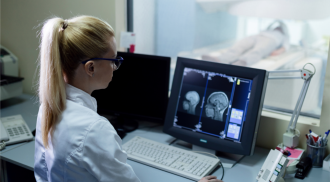


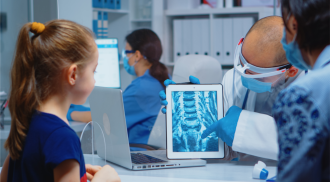


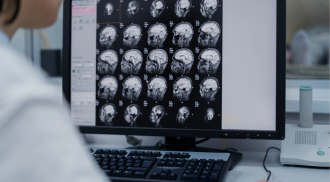
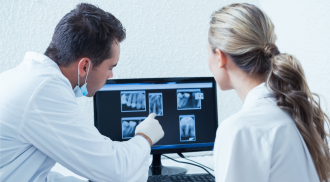
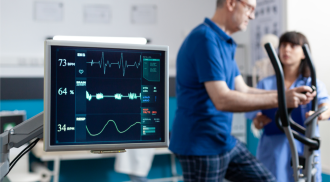









software
Medical image analysis is the process of extracting meaningful information from medical images. Medical images can be acquired using various imaging modalities such as X-ray, CT, MRI, ultrasound, and PET. These images are typically two-dimensional or three-dimensional representations of a patient’s anatomy or physiological functions.
Medical image analysis involves applying computer vision and machine learning techniques to medical images to extract features and identify patterns that are relevant to clinical diagnosis, treatment planning, and disease monitoring. The main goal is to provide accurate and reliable information to healthcare professionals, such as radiologists and clinicians, to support clinical decision-making.
techniques
why us
Here are some reasons why you might consider EffectiveSoft as the best medical imaging software company:
data and image formats
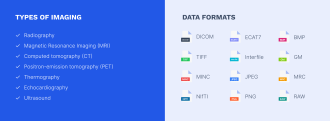

Can’t find the answer you are looking for?
Contact us and we will get in touch with you shortly.
Our team would love to hear from you.
Fill out the form, and we’ve got you covered.
What happens next?
San Diego, California
4445 Eastgate Mall, Suite 200
92121, 1-800-288-9659
San Francisco, California
50 California St #1500
94111, 1-800-288-9659
Pittsburgh, Pennsylvania
One Oxford Centre, 500 Grant St Suite 2900
15219, 1-800-288-9659
Durham, North Carolina
RTP Meridian, 2530 Meridian Pkwy Suite 300
27713, 1-800-288-9659
San Jose, Costa Rica
C. 118B, Trejos Montealegre
10203, 1-800-288-9659